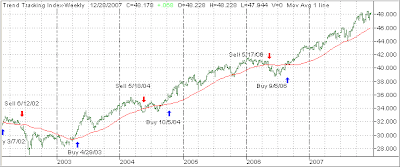 2007 was the year where most investors became acquainted with a variety of new terms created by Wall Street, some of them which by now have reached infamy. CDOs, RMBSs, SIVs and many others made it to the front pages of every financial newspaper and web site.
2007 was the year where most investors became acquainted with a variety of new terms created by Wall Street, some of them which by now have reached infamy. CDOs, RMBSs, SIVs and many others made it to the front pages of every financial newspaper and web site.
The better known ones are CDOs (Collateralized Debt Obligations), which have been around since the 1980s, but only more recently have been applied to mortgage backed securities. According to the WSJ, they were designed to provide investors with greater diversification and disperse the risk of mortgage lending. But so called mezzanine CDOs such as Norma actually served to magnify and concentrate the risk.
I like to thank the anonymous reader who provided me with the link to the WSJ that takes you through the five steps and explains how those CDOs were made. It’s a fascinating concept and will help you better understand the process of how your loan, along with millions of others, got sliced and diced and sold to institutional investors around the world.
It also makes you realize that the risk that comes with owning these CDOs has spread to many countries and it is unknown who holds how much of these now severely discounted or even worthless instruments. In a way, it’s time bomb because you simply don’t know who is next in line to come clean and admit losses that they can no longer absorb.






